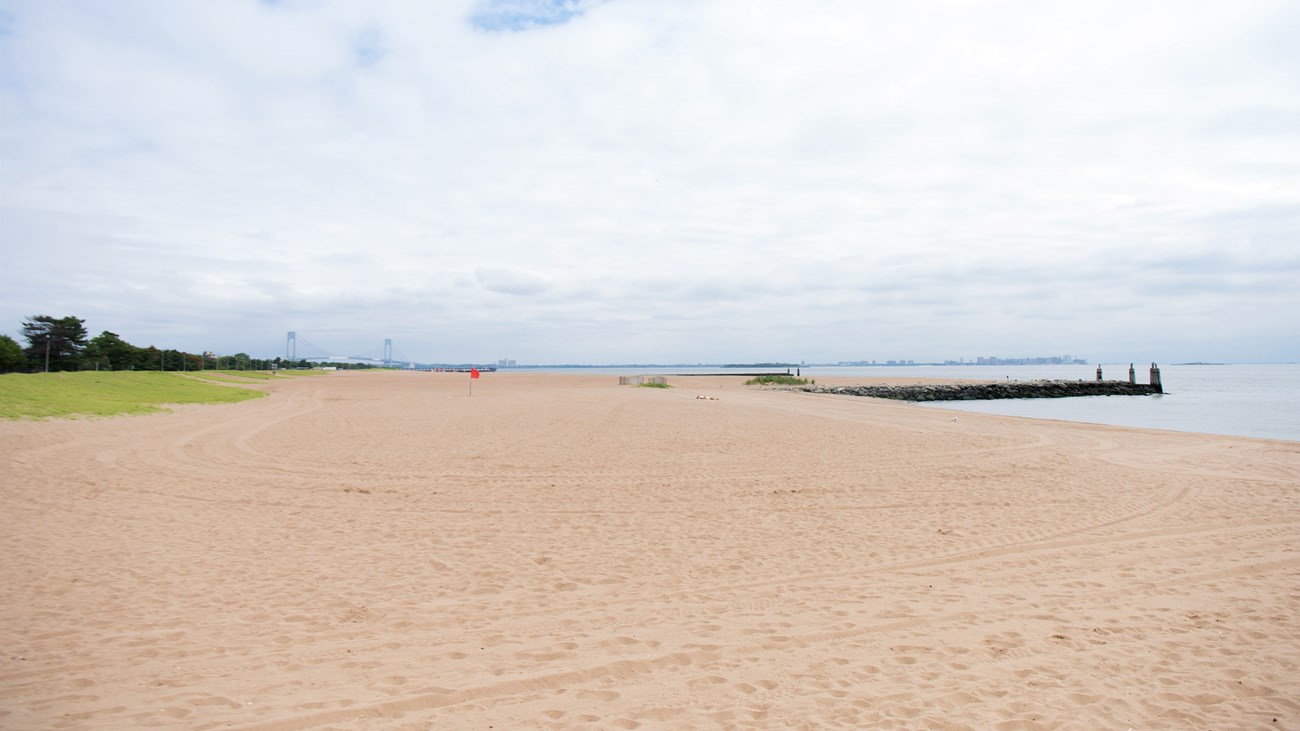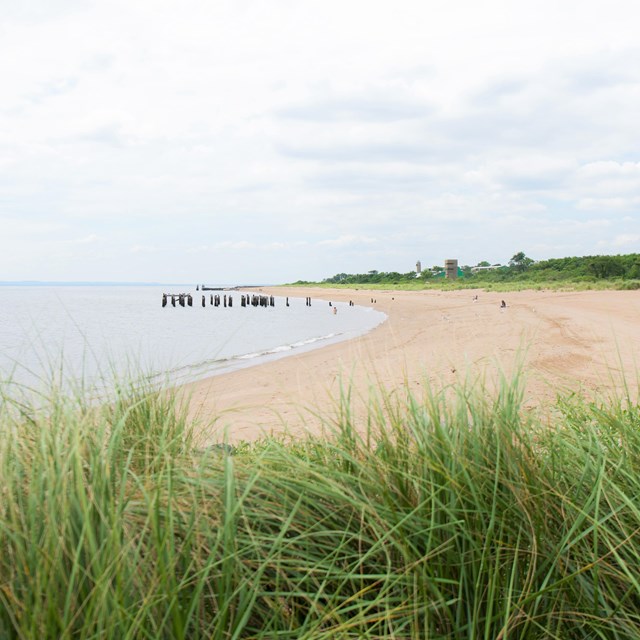
Bridget Ye / NPS Photo
Our nation’s coastline is framed with dramatic cliffs, roaring waves, expansive beaches, and calls of seabirds. The coast is where we meet the oceans, and where oceans meet us. Not only do our shorelines offer habitats for wildlife and scenic excursions for people, they are critical to buffering high-impact weather events and wave and wind energy. As oceans warm and rise, and the frequency and intensity of coastal storms increase, the resilience of our shores is being tested. In addition to these consequences of global climate change, the ways we’ve altered and developed coastlines have exerted their own set of impacts. Under these external forcings, around 70% of the world’s sandy shores are undergoing erosion.
Understanding the resilience of coastal shores is, therefore, critical to making informed decisions when managing our parks and helping communities prepare and adapt for future climate events. At the Northeast Coastal and Barrier Network, we monitor two coastal shore vital signs: ocean shoreline position and coastal topography. Learn more about how we do that below.
Vital Signs
-
 Coastal ShoresOcean Shoreline Position
Coastal ShoresOcean Shoreline PositionShoreline changes affect wildlife behavior and the safety of coastal communities
-
 Coastal ShoresCoastal Topography
Coastal ShoresCoastal TopographyAs storms approach our shores, coastal landforms are our first lines of defense
Last updated: June 25, 2024
